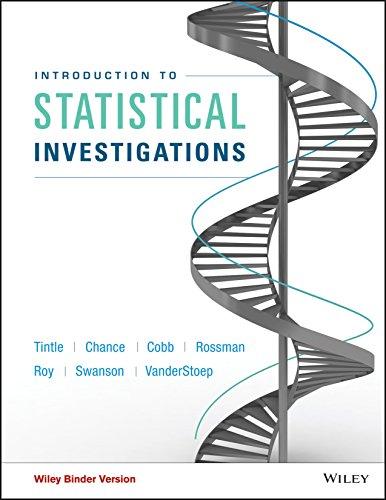Refer to the previous exercises about investigating whether infants tend to look at surprising events or behavior
Question:

Suppose the summary statistics had been:

How, if at all, would the values of the following (using the theory-based method) be different?
a. p-value: Same Larger Smaller
b. Standardized statistic: Same Larger Smaller
c. Midpoint of the 95% confidence interval: Same Larger Smaller
d. Width of the 95% confidence interval: Same Larger Smaller
Data from previous exercise
Researchers Hamlin et al. (Nature, 2007) conducted a study with 16 infants that involved an assessment of infants€™ expectations of a climber toy€™s attitude towards a €œhelper€ (a toy figure that helped the climber climb a hill) and a €œhinderer€ toy (a figure that had hindered the climber€™s progress up a hill) and whether infants tend to watch the climber€™s confrontation with the hinderer for a longer time than that with the helper. Each of the sixteen 10-month-olds was shown a new display where the climber would alternately approach the helper and the hinderer, of which the latter was considered to be a surprising event, because such an action was perceived as €œviolation of the expectation paradigm.€ The lengths of time that each infant spent watching the climber approach the helper and the hinderer was recorded, and it was noted that in the study the infants looked longer at the approach of the climber towards the hinderer than the helper. (Wonder if the infants were expecting the climber to punch the hinderer, and that held their interest longer!) Given below are some summary statistics for the difference (hinderer ˆ’ helper) in looking times (seconds). Note that the distribution of differences is fairly symmetric.

The word "distribution" has several meanings in the financial world, most of them pertaining to the payment of assets from a fund, account, or individual security to an investor or beneficiary. Retirement account distributions are among the most...
Step by Step Answer:

Introduction To Statistical Investigations
ISBN: 9781118172148
1st Edition
Authors: Beth L.Chance, George W.Cobb, Allan J.Rossman Nathan Tintle, Todd Swanson Soma Roy





